
Peugeot 208 Hatchback engines, drive and performance
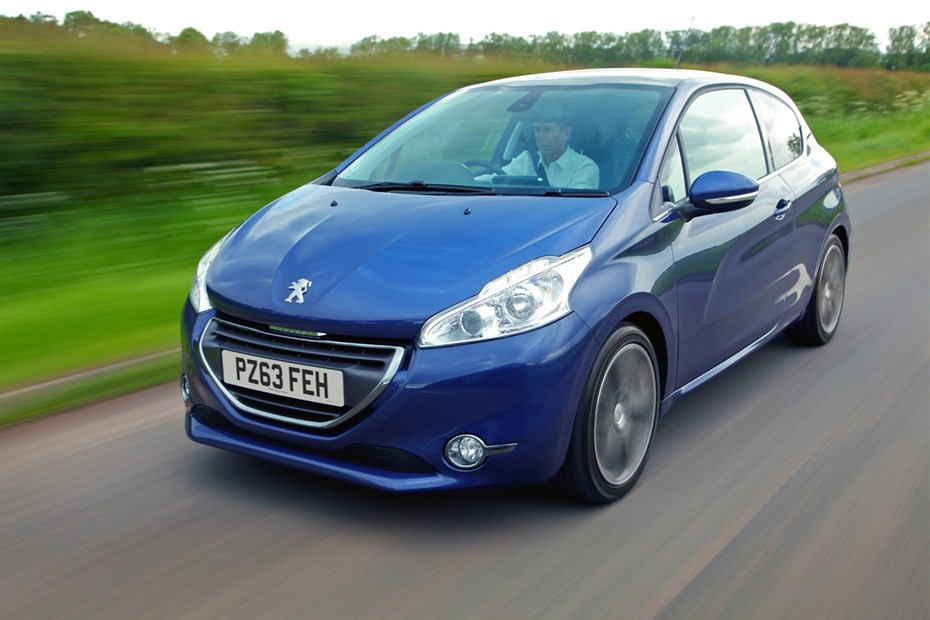
- PureTech petrol is great in 110hp form
- Diesels are impressively economical
- Suitably rapid performance for the GTi

Courtesy of its relative lightness, performance and efficiency figures for the Peugeot 208 are surprisingly good, even with modest power outputs at the range’s entry point.
Diesels are more economical on paper, but few supermini buyers cover high enough mileages to recoup the price premium.
Peppy Peugeot 208 petrols
Mainstay of the 208 range is a three-cylinder 1.2-litre motor.
In its most simple form, the non-turbo 1.2 PureTech 68 has, you guessed it, 68hp and just 106Nm of torque available, peaking at 2,750rpm. A five-speed manual gearbox is standard here.
This will require the engine to be worked hard – and consequently become less efficient – as you strive to achieve a 0-62mph time of 13.8 seconds or a top speed of 103mph.
A better choice is the 1.2 PureTech 82 version of the same engine and transmission combination. That slight elevation in power to 82hp, with a similar rise in torque to 118Nm makes it a little easier to keep up with traffic.
Top speed here is 109mph, while the 0-62mph time has been shaved down to 12.2 seconds.
Fitting a five-speed automated manual gearbox to this engine – ETG5 in Peugeotspeak – makes for the least appealing 208. The transmission itself is jerky, unable to hold a candle to a conventional automatic gearbox in smoothness terms, and it’s also slow.
While the top speed nudges up to 111mph, the 0-62mph time is stretched-out to 14.5 seconds.
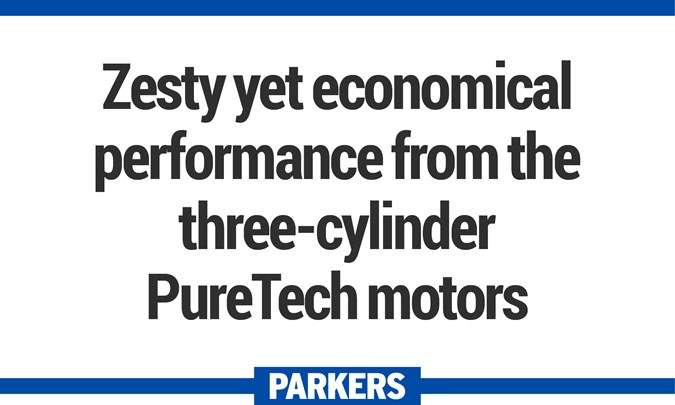
Pick of the range is the turbocharged 1.2 PureTech 110 S&S (that’s how Peugeot identifies its models with stop/start fuel-saving technology). A five-speed manual’s again standard, but a conventional six-speed automatic is also available.
More important than the power increase to 110hp is the richer seam of torque, with 205Nm available from just 1,500rpm making it a flexible, easier to drive engine.
Both transmissions will take the 208 up to 118mph, while at 9.6 seconds the manual’s 0-62mph time is two-tenths of a second swifter than the auto’s.
Fulfilling the warm – rather than hot – hatch brief is the four-cylinder, turbocharged 1.6 THP 165 engine.
A six-speed manual transmission is the conduit for 165hp and 240Nm of torque at 1,700rpm being delivered to the front wheels, resulting in a 0-62mph quote of 7.4 seconds and a top speed of 135mph.
Fuel-miserly Peugeot 208 diesels
Choosing a 208 diesel will essentially mean a choice of four versions based around a four-cylinder, 1.6-litre turbo unit.
First up is the 1.6 BlueHDi 75 S&S: it only musters 75hp but 230Nm of torque at 1,750rpm makes it a more appealing engine than the entry-level petrol.
Still, it’s not quick with a top speed of 106mph and a 13.3-second 0-62mph time. A five-speed manual’s standard here.

More appealing is the zippier 1.6 BlueHDi 100 with and without S&S stop/start functionality, still with the same gearbox.
Performance figures are identical for both versions as the 99hp and 254Nm of torque at 1,750rpm outputs are shared with both, meaning a 10.7-second 0-62mph time and a 116mph, but stop/start improves the claimed fuel efficiency from 80.4mpg to 94.2mpg.
Topping the diesel range – but still sipping fuel at a slow rate – is the 1.6 BlueHDi 120 S&S. It has a six-speed manual to access the 120hp and 300Nm of torque at 1,750pm.
The result is a 118mph top speed and a 9.4-second 0-62mph time.
Rapid Peugeot 208 GTi performance
For the range-topper, the 1.6-litre THP 208 S&S has been cranked up to 208hp, with 300Nm of torque from 1,700rpm.
This makes for flexible real-world performance, and from the off the GTi feels eager and responsive with little in the way of turbo lag. The result is that no matter which one of the six gears you are in, overtaking is both quick and safe.
And those key figures: a 143mph top speed and a 6.5-second 0-62mh time should win you a few rounds of hot hatch Top Trumps.
- Nimble handling is a common 208 trait
- But numbness doesn’t inspire confidence
- Exceptional cornering ability for GTi
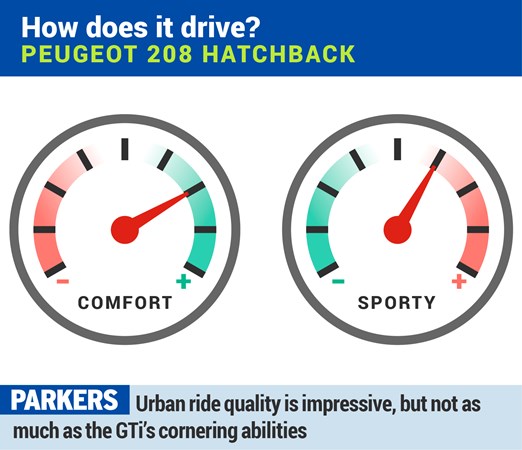
While the Peugeot 208 absolutely eclipses its 207 predecessor for on-road abilities, it still isn’t anywhere near class-leading in terms of handling.
What’s lacking is the degree of traction in corners required to inspire confidence when you’re driving with vigour – the Ford Fiesta, Mazda 2 and Suzuki Swift are all better at controlling body roll in this regard.
However, most of the time, a 208’s more likely to be found pottering around town, something it does easily with a lightness to the controls amplified by the small wheel, making urban manoeuvres feel easy.
The steering feels quick, but there’s an absence of much feel which again limits the confidence you’ll have when driving on B-roads.
Superior 208 GTi dynamics
The 205 GTI was well known for its lively handling traits, but times and tastes have changed and the Peugeot 208 GTi is a much more widely accessible product than its ancestor.
There’s much less in the way of throttle adjustment and rear end movement on the limit in the GTi, Prestige, although it’s more obvious in the GTi by Peugeot Sport. Both can be resolutely neutral when cornering if you’re gentle with the accelerator.

Enthusiasts may lament this lack of adjustability, but in reality it makes the Peugeot a far more rounded package, and one that flatters the driver, regardless of ability.
There’s little in the way of understeer, and pitching the 208 GTi hard into a bend simply results in it tracking faithfully round without too much drama.
With its Torsen differential reducing wheelspin on the inside wheel of a corner, traction is much improved, particularly in tighter radii bends, allowing you to get back on the power sooner.
The suspension is 20% stiffer and the track 20mm wider at the front and 30mm wider at the rear compared with a regular 208. Thankfully the changes haven’t compromised comfort though, and despite the car’s considerable ability it’s not just a fast one-trick pony.


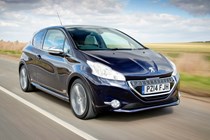





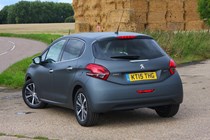
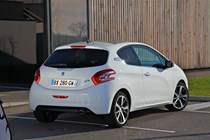

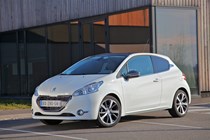

.jpg)
.jpg)
.jpg)
.jpg)
.jpg)
.jpg)
.jpg)
.jpg)
.jpg)
.jpg)
.jpg)
.jpg)
.jpg)
.jpg)
.jpg)
.jpg)
.jpg)
.jpg)
.jpg)
.jpg)
.jpg)
.jpg)


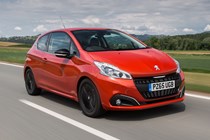
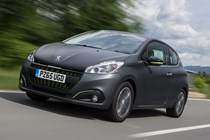
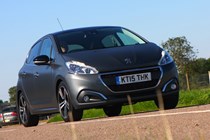

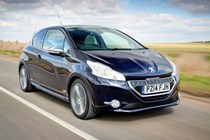
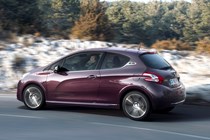
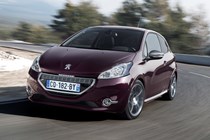
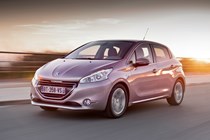
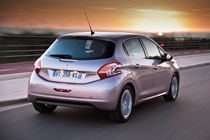
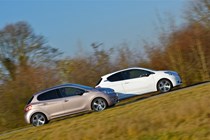
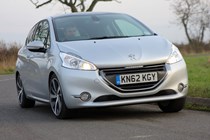
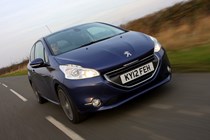


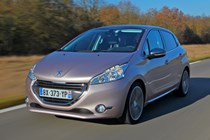
.jpg)
.jpg)
.jpg)
.jpg)
.jpg)
.jpg)
.jpg)
.jpg)
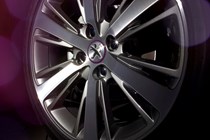
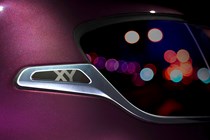
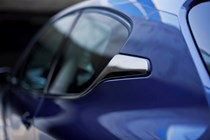

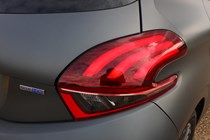
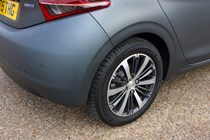
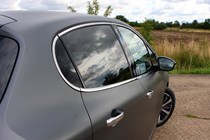
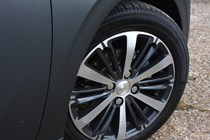
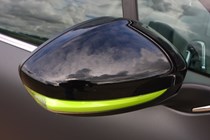
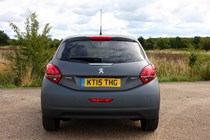
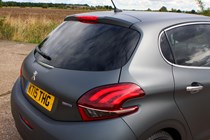
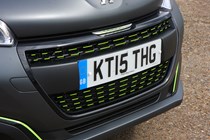
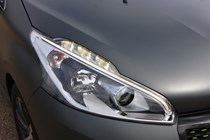
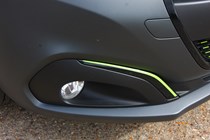
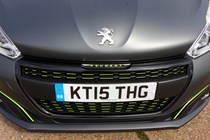
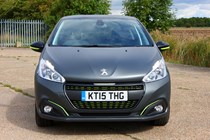
.jpg)
.jpg)
.jpg)
.jpg)
.jpg)
.jpg)
.jpg)
.jpg)
.jpg)
.jpg)
.jpg)
.jpg)
.jpg)
.jpg)
.jpg)
.jpg)
.jpg)
.jpg)
.jpg)
.jpg)
.jpg)
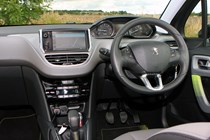
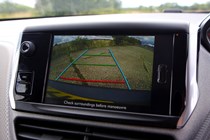

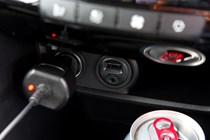

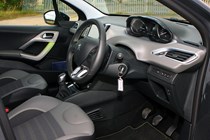
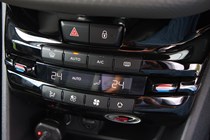
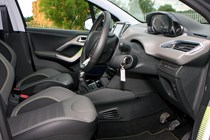
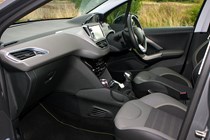
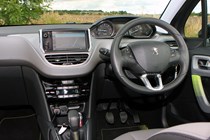
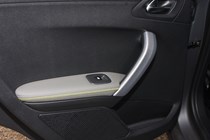
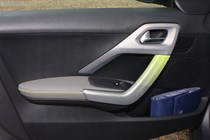
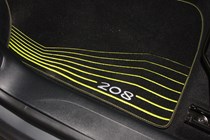
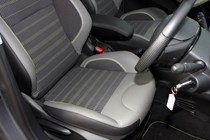
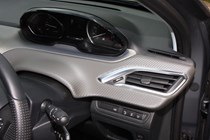
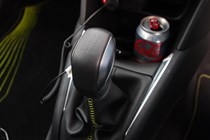
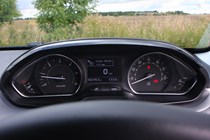
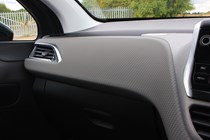
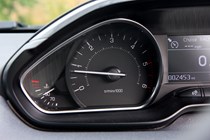
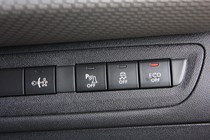
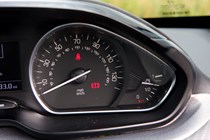
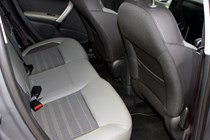
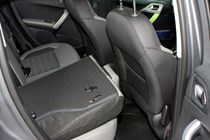
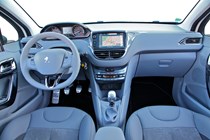

.jpg)
.jpg)
.jpg)
.jpg)
.jpg)
.jpg)
.jpg)
.jpg)
.jpg)
.jpg)
.jpg)
.jpg)
.jpg)
.jpg)
.jpg)
.jpg)
.jpg)
.jpg)
.jpg)
.jpg)
.jpg)
.jpg)
.jpg)
.jpg)
.jpg)
.jpg)
.jpg)
.jpg)
.jpg)
.jpg)
.jpg)
.jpg)
.jpg)
.jpg)
.jpg)
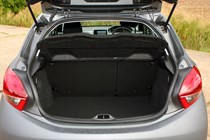
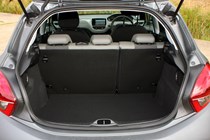
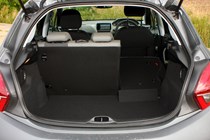
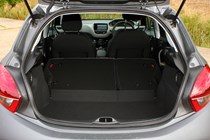
.jpg)
.jpg)
.jpg)
.jpg)
.jpg)
.jpg)
.jpg)
.jpg)
.jpg)
.jpg)
.jpg)
.jpg)
.jpg)
.jpg)
.jpg)
.jpg)
.jpg)













.jpg?quality=50)
.jpg?quality=50)
.jpg?quality=50)
.jpg?quality=50)
.jpg?quality=50)
.jpg?quality=50)
.jpg?quality=50)
.jpg?quality=50)
.jpg?quality=50)
.jpg?quality=50)
.jpg?quality=50)
.jpg?quality=50)
.jpg?quality=50)
.jpg?quality=50)
.jpg?quality=50)
.jpg?quality=50)
.jpg?quality=50)
.jpg?quality=50)
.jpg?quality=50)
.jpg?quality=50)
.jpg?quality=50)
.jpg?quality=50)

















.jpg?quality=50)
.jpg?quality=50)
.jpg?quality=50)
.jpg?quality=50)
.jpg?quality=50)
.jpg?quality=50)
.jpg?quality=50)
.jpg?quality=50)
















.jpg?quality=50)
.jpg?quality=50)
.jpg?quality=50)
.jpg?quality=50)
.jpg?quality=50)
.jpg?quality=50)
.jpg?quality=50)
.jpg?quality=50)
.jpg?quality=50)
.jpg?quality=50)
.jpg?quality=50)
.jpg?quality=50)
.jpg?quality=50)
.jpg?quality=50)
.jpg?quality=50)
.jpg?quality=50)
.jpg?quality=50)
.jpg?quality=50)
.jpg?quality=50)
.jpg?quality=50)
.jpg?quality=50)


























.jpg?quality=50)
.jpg?quality=50)
.jpg?quality=50)
.jpg?quality=50)
.jpg?quality=50)
.jpg?quality=50)
.jpg?quality=50)
.jpg?quality=50)
.jpg?quality=50)
.jpg?quality=50)
.jpg?quality=50)
.jpg?quality=50)
.jpg?quality=50)
.jpg?quality=50)
.jpg?quality=50)
.jpg?quality=50)
.jpg?quality=50)
.jpg?quality=50)
.jpg?quality=50)
.jpg?quality=50)
.jpg?quality=50)
.jpg?quality=50)
.jpg?quality=50)
.jpg?quality=50)
.jpg?quality=50)
.jpg?quality=50)
.jpg?quality=50)
.jpg?quality=50)
.jpg?quality=50)
.jpg?quality=50)
.jpg?quality=50)
.jpg?quality=50)
.jpg?quality=50)
.jpg?quality=50)
.jpg?quality=50)




.jpg?quality=50)
.jpg?quality=50)
.jpg?quality=50)
.jpg?quality=50)
.jpg?quality=50)
.jpg?quality=50)
.jpg?quality=50)
.jpg?quality=50)
.jpg?quality=50)
.jpg?quality=50)
.jpg?quality=50)
.jpg?quality=50)
.jpg?quality=50)
.jpg?quality=50)
.jpg?quality=50)
.jpg?quality=50)
.jpg?quality=50)